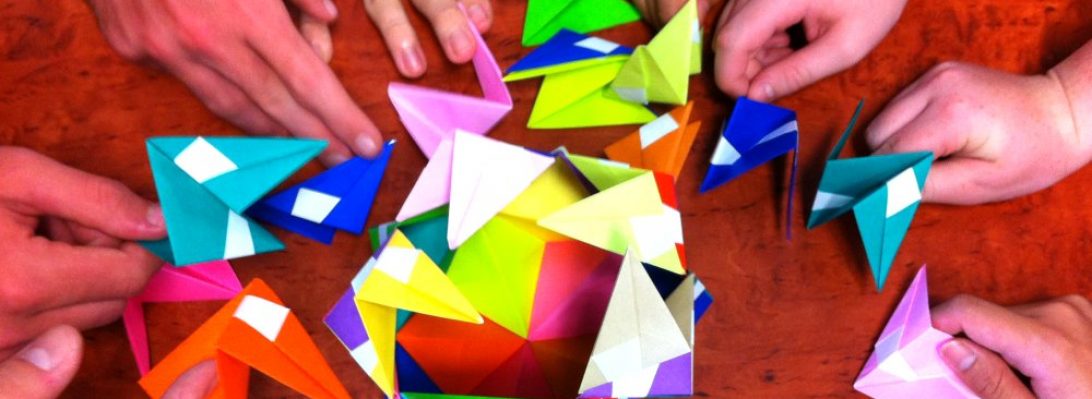I have been on a mission for months now to try and render a tiger as realistically as I can in paper. Apart from being feline in shape, tigers have stripes – finding a model that has these stripes was difficult:

I bought Satoshi Kamiya’s latest book because of the tiger diagrams it contained – on flicking through the 200+ steps I initially thought it too difficult to try. But try I did, initially with large format red-natural Ikea Kraft paper. I was surprised that I was able to make it through the most torturous steps, so set about re-folding it with black/natural, ensuring the black was the stripes, natural was the residual body colour.
The genius of this design is the subtle and precise control of both sides of the sheet – the stripes are the result of folds, not cuts. The model requires you manipulate raw edges (the sheet border) fan-folded, while wrestling all the other details (legs, head, tail) from the INSIDE of the sheet – quite amazing.
Continue reading



















